-

2-Amino-5-bromopyridine CAS:1072-97-5
2-Amino-5-bromopyridine is an organic compound with the molecular formula C5H5BrN2. It is a derivative of pyridine, featuring an amino group at the 2-position and a bromine atom at the 5-position of the pyridine ring. This compound is notable for its distinctive chemical properties and its relevance in various scientific and industrial applications.
-
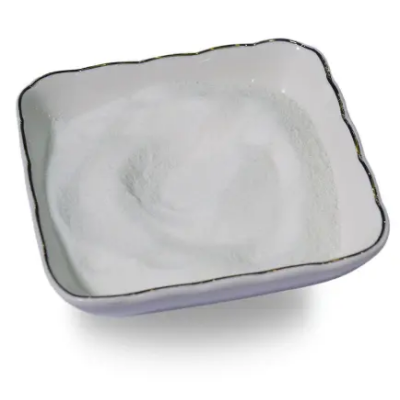
(+)-Dibenzoyl-D-tartaricacidmonohydrate CAS:80822-15-7
(+)-Dibenzoyl-D-tartaricacidmonohydrate is an organic compound with the molecular formula C18H14O8·H2O. It is a chiral molecule, and its structure includes a monohydrate form of dibenzoyl-D-tartaric acid. This compound exhibits specific properties due to its stereochemistry and hydration state, making it valuable for various applications in the fields of chemistry, pharmaceuticals, and materials science.
-
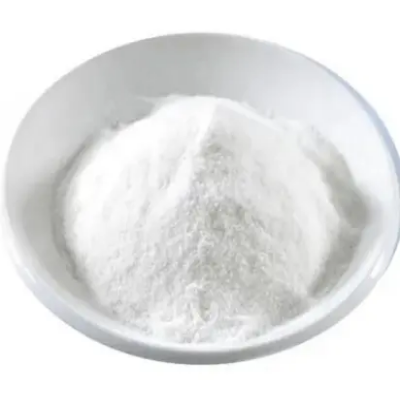
AC-Trp-OEt CAS:2382-80-1
AC-Trp-OEt, also known as N-Acetyl-L-tryptophan ethyl ester, is a significant chemical compound with diverse applications in organic synthesis, peptide chemistry, and biochemical research. With the molecular formula C16H19N3O3, it serves as an acetylated derivative of the essential amino acid L-tryptophan. Renowned for its high purity, stability, and versatility, AC-Trp-OEt plays a pivotal role as a building block in peptide synthesis, pharmaceutical intermediates, and biochemical studies. Its applications extend to the creation of custom peptides, drug discovery, and the investigation of tryptophan metabolism, making it valuable for researchers and professionals in various scientific and industrial domains.
-
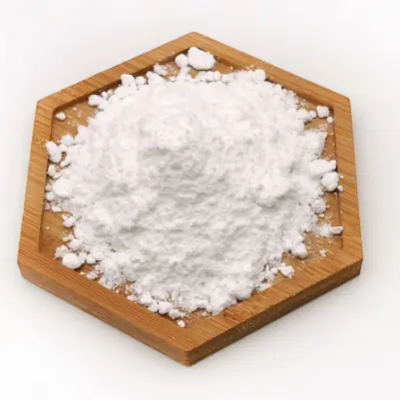
AC-D-Trp-OH CAS:2280-01-5.
AC-D-Trp-OH, also referred to as N-Acetyl-D-tryptophan, is a significant chemical compound widely utilized in organic synthesis, peptide chemistry, and biochemical research. With the molecular formula C13H15N3O3, it represents an acetylated derivative of the D-enantiomer of the essential amino acid tryptophan. Renowned for its high purity, stability, and chirality, AC-D-Trp-OH serves as a fundamental building block in peptide synthesis, pharmaceutical intermediates, and biochemical studies. Its applications extend to the creation of custom peptides, drug discovery, and the investigation of tryptophan metabolism, making it valuable for researchers and professionals in diverse scientific and industrial domains.
-

N-Acethyl-D-proline CAS:59785-68-1
N-Acetyl-D-proline is a notable chemical compound with diverse applications in organic synthesis, peptide chemistry, and biochemical research. With the molecular formula C7H11NO3, it represents an acetylated derivative of the D-enantiomer of the amino acid proline. Renowned for its high purity, stability, and chirality, N-Acetyl-D-proline plays a crucial role as a building block in peptide synthesis, pharmaceutical intermediates, and biochemical studies. Its applications extend to the creation of custom peptides, drug discovery, and the investigation of proline metabolism, making it valuable for researchers and professionals in various scientific and industrial domains.
-

(-)-Di-p-toluoyl-L-tartaricacid CAS:32634-66-5
(-)-Di-p-toluoyl-L-tartaricacid is an organic compound with the molecular formula C20H18O8. This chiral molecule consists of two p-toluoyl groups attached to an L-tartaric acid moiety. Due to its specific stereochemistry, it possesses unique properties that make it valuable for various applications in chemical synthesis, pharmaceuticals, and materials science.
-

Z-Pro-ONp CAS:3304-59-4
Z-Pro-ONp, also known as N-(p-nitrophenyl)oxycarbonyl-L-proline, is a vital chemical compound widely used in organic synthesis and peptide chemistry. With the molecular formula C14H15NO6, it serves as a key reagent for peptide coupling reactions and the synthesis of peptides and peptidomimetics. Z-Pro-ONp is esteemed for its high purity and stability, making it an invaluable tool for researchers and professionals working in the fields of biochemistry, pharmaceuticals, and chemical biology. Its applications extend to the production of custom peptides, drug discovery, and biochemical research.
-
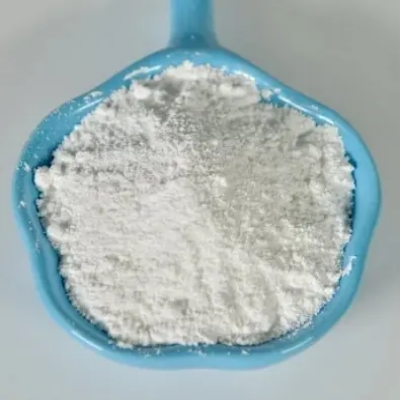
N-Acetyl-L-phenylalanine CAS:2018-61-3
N-Acetyl-L-phenylalanine is a notable chemical compound with diverse applications in organic synthesis, peptide chemistry, and biochemical research. With the molecular formula C11H13NO3, it represents an acetylated derivative of the amino acid L-phenylalanine. Renowned for its high purity, stability, and versatility, N-Acetyl-L-phenylalanine plays a crucial role as a building block in peptide synthesis, pharmaceutical intermediates, and biochemical studies. Its applications extend to the creation of custom peptides, drug discovery, and investigations related to phenylalanine metabolism, making it valuable for researchers and professionals in various scientific and industrial domains.
-

N-Acethyl-L-proline CAS:68-95-1
N-Acetyl-L-proline is a significant chemical compound with diverse applications in organic synthesis, peptide chemistry, and biochemical research. With the molecular formula C7H11NO3, it serves as an acetylated derivative of the amino acid L-proline. Renowned for its high purity, stability, and versatility, N-Acetyl-L-proline plays a pivotal role as a building block in peptide synthesis, pharmaceutical intermediates, and biochemical studies. Its applications extend to the creation of custom peptides, drug discovery, and the investigation of proline metabolism, making it valuable for researchers and professionals in various scientific and industrial domains.
-
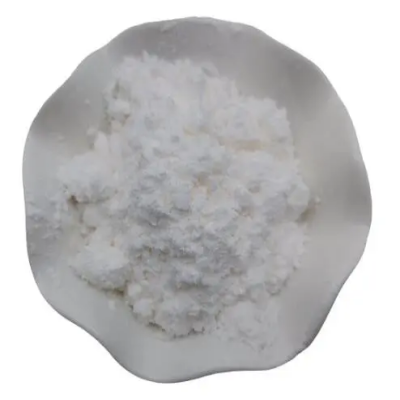
N-Acethyl-L-proline amide CAS:16395-58-7
N-Acetyl-L-proline amide is a significant chemical compound with diverse applications in organic synthesis, peptide chemistry, and biochemical research. With the molecular formula C7H12N2O3, it serves as an acetylated derivative of the amino acid L-proline. Renowned for its high purity, stability, and versatility, N-Acetyl-L-proline amide plays a crucial role as a building block in peptide synthesis, pharmaceutical intermediates, and biochemical studies. Its applications extend to the creation of custom peptides, drug discovery, and the investigation of proline metabolism, making it valuable for researchers and professionals in various scientific and industrial domains.
-
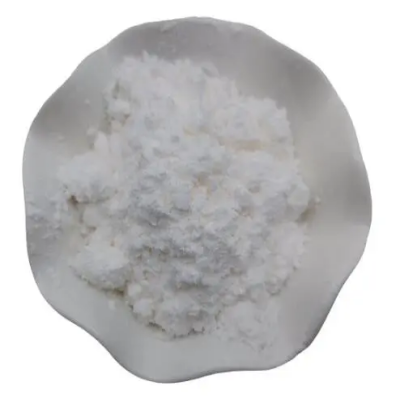
N-Acetyl-D-phenylalanine CAS:10172-89-1
N-Acetyl-D-phenylalanine is a significant chemical compound with diverse applications in organic synthesis, peptide chemistry, and biochemical research. With the molecular formula C11H13NO3, it represents an acetylated derivative of the D-enantiomer of the amino acid phenylalanine. Renowned for its high purity, stability, and chirality, N-Acetyl-D-phenylalanine plays a crucial role as a building block in peptide synthesis, pharmaceutical intermediates, and biochemical studies. Its applications extend to the creation of custom peptides, drug discovery, and investigations related to phenylalanine metabolism, making it valuable for researchers and professionals in various scientific and industrial domains.
-
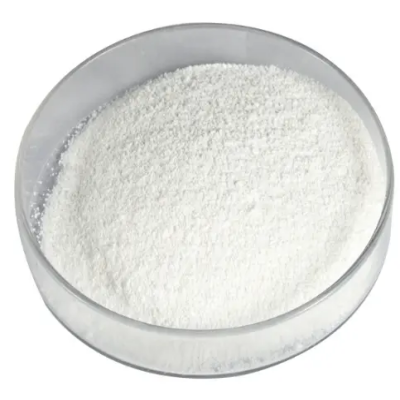
N-Acetyl-L-tyrosine amide CAS:1948-71-6
N-Acetyl-L-Tyrosine amide is a significant chemical compound widely employed in organic synthesis, biochemical research, and pharmaceutical development. With the molecular formula C11H14N2O4, it serves as an acetylated derivative of L-tyrosine, playing a crucial role in peptide chemistry, pharmaceutical intermediates, and biochemical studies. Renowned for its high purity, stability, and versatility, N-Acetyl-L-Tyrosine amide is valued by researchers and professionals in diverse scientific and industrial domains for its applications in custom peptide synthesis, drug discovery, and the investigation of amino acid metabolism.

